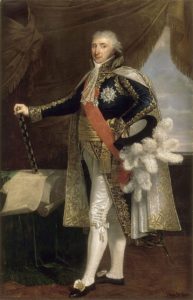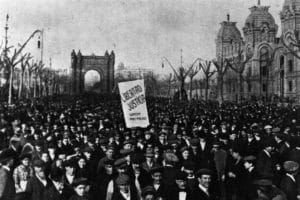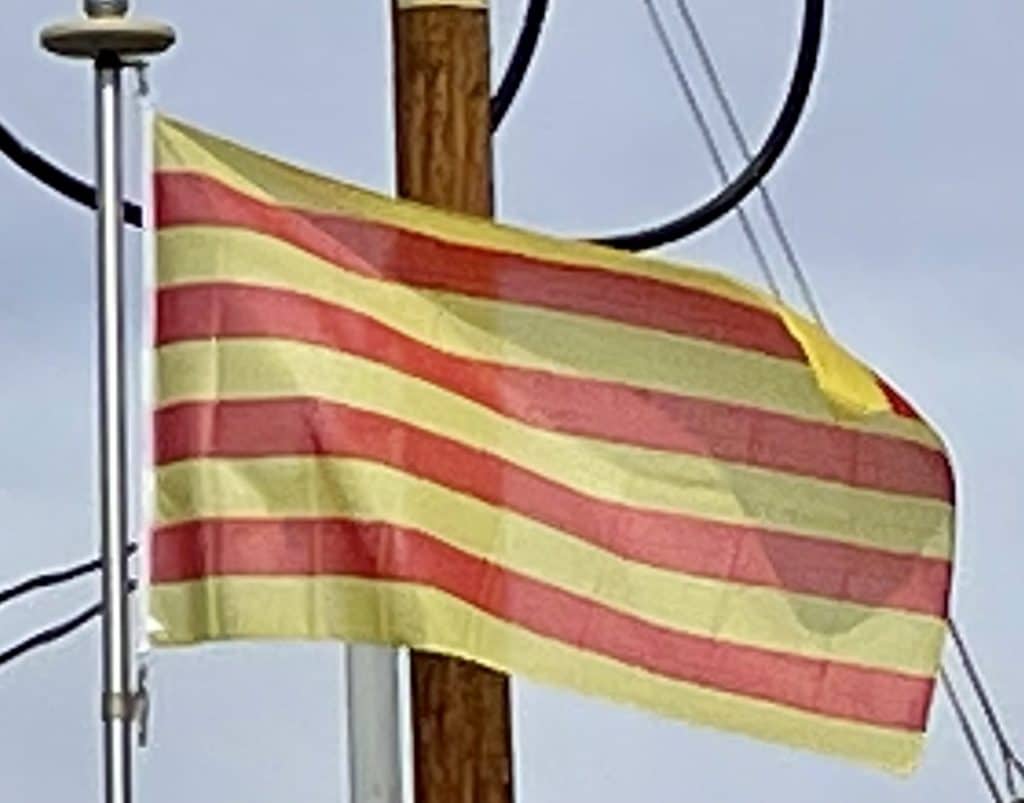
The Anarchists had been active throughout the early 20th century, founding the CNT trade union and achieving one of the first eight-hour workday in Europe in 1919. Growing resentment of conscription and of the military culminated in the Tragic Week in Barcelona in 1909. In the first third of the 20th century, Catalonia gained and lost varying degrees of autonomy several times. In 1914, the four Catalan provinces were authorized to create a Commonwealth, without any legislative power or specific autonomy which carried out an ambitious program of modernization, but it was disbanded in 1925 by the dictatorship of Primo de Rivera (1923-1930). During the last steps of the Dictatorship, Barcelona celebrated the 1929 International Exposition, while Spain began to suffer an economic crisis.

After the fall of the dictator and a brief proclamation of the Catalan Republic during the events which led to the proclamation of the Second Spanish Republic (1931-1939), it received its first Statute of Autonomy from the Spanish Republic’s Parliament, establishing an autonomous body, the Generalitat of Catalonia, which included a parliament, a government and a court of appeal, and the left-wing independentist leader Francesc Macià was elected its first president. The governments of the Republican Generalitat, led by the Republican Left of Catalonia (ERC) members Francesc Macià (1931-1933) and Lluís Companys (1933-1940) made efforts to implement an advanced and progressive social agenda, despite the internal difficulties. This period was marked by political unrest, the effects of the economic crisis and their social repercussions. The Statute of Autonomy was suspended in 1934, due to the Events of 6 October in Barcelona, as a response to the accession of right-wing Spanish nationalist party CEDA to the government of the Republic, considered close to fascism. After the electoral victory of the Popular Front in February 1936, the Government of Catalonia was pardoned and the self-government restored.
Spanish Civil War (1936–1939) and Franco’s rule (1939–1975):
The defeat of the military rebellion against the Republican government in Barcelona placed Catalonia firmly in the Republican side of the Spanish Civil War. During the war, there were two rival powers in Catalonia: the de jure power of the Generalitat and the de facto power of the armed popular militias. Violent confrontations between the workers’ parties (CNT-FAI and POUM against the PSUC) culminated in the defeat of the first ones in 1937. The situation resolved itself progressively in favor of the Generalitat, but at the same time the Generalitat was partially losing its autonomous power within Republican Spain. In 1938 Franco’s troops broke the Republican territory in two, isolating Catalonia from the rest of the Republic. The defeat of the Republican army in the Battle of the Ebro led in 1938 and 1939 to the occupation of Catalonia by Franco’s forces.
